1. Introduction: The Power of Symbols in Human Culture and Rewards
Throughout human history, symbols have served as fundamental tools for communication, belief, and societal organization. From ancient cave paintings to modern logos, symbols transcend language barriers, embodying complex ideas and values. They shape perceptions of worth and influence human behavior—particularly in the context of rewarding achievement or status. This article explores how ancient symbols continue to inform and enhance modern rewards systems, illustrating this connection through historical insights and contemporary examples such as the popular online game can’t stop playing this bloody game.
Table of Contents
- The Origins of Symbols: From Ancient Beliefs to Modern Interpretations
- Ancient Greek Symbols and Their Divine Significance
- The Evolution of Symbols into Modern Rewards Systems
- Case Study: “Gates of Olympus 1000” as a Modern Symbolic System
- Non-Obvious Dimensions of Symbols in Rewards Design
- The Psychological Mechanics: Why Symbols Enhance Reward Systems
- Future Trends: Evolving Symbols in Digital Rewards and Gamification
- Conclusion: Harmonizing Ancient Wisdom with Modern Reward Strategies
2. The Origins of Symbols: From Ancient Beliefs to Modern Interpretations
Symbols have been integral to human societies since prehistoric times. Early communities used symbols to represent deities, natural forces, and social hierarchies, often imbued with spiritual or mystical significance. These symbols functioned as cognitive shortcuts—visual cues that conveyed complex beliefs and norms. Over millennia, their roles expanded from spiritual tools to societal markers, influencing law, governance, and cultural identity.
For example, the Ankh, originating in ancient Egypt, symbolized life and immortality, serving both religious and societal functions. Similarly, the Yin-Yang symbol from Chinese philosophy embodies balance and harmony, shaping societal values and individual behaviors. These symbols provided shared reference points, reinforcing societal cohesion and motivating collective actions.
Examples of Ancient Symbols and Their Meanings
| Symbol | Origin | Meaning |
|---|---|---|
| Ankh | Ancient Egypt | Life and immortality |
| Yin-Yang | China | Balance and harmony |
| Swastika | Ancient Indus Valley | Good fortune and auspiciousness |
Initially rooted in spiritual contexts, many symbols transitioned into societal functions, influencing laws, moral codes, and social hierarchies. This evolution underscores how symbols serve as bridges between the spiritual and material worlds, shaping collective perceptions of reward and authority.
3. Ancient Greek Symbols and Their Divine Significance
Mount Olympus as a Divine Realm and Its Symbolic Meaning
In ancient Greek mythology, Mount Olympus was considered the home of the gods, a sacred mountain representing divine authority, power, and perfection. It symbolized the ultimate pinnacle of divine achievement and became a metaphor for excellence and reward. Mortals who achieved greatness often aspired to reach such heights—both physically and morally—mirroring the divine realm’s prestige.
Storms and Lightning as Symbols of Divine Power and Judgment
Zeus, the king of gods, wielded lightning bolts, which served as potent symbols of divine authority and judgment. Lightning represented uncontestable power and the divine will to reward or punish. This imagery reinforced the idea that the gods’ favor was granted through awe-inspiring symbols, influencing societal perceptions of authority and justice.
How These Symbols Conveyed Authority and Reward
Ancient Greeks used symbols like lightning to signify divine approval, often depicted in art and rituals to invoke favor. The divine symbols acted as social cues—aligning human achievement with divine reward, thus motivating individuals to pursue excellence. This divine-symbolic link persisted through history, influencing how societies associate symbols with tangible rewards, such as status or material gain.
4. The Evolution of Symbols into Modern Rewards Systems
The Psychological Impact of Symbols on Motivation and Behavior
Research in psychology demonstrates that symbols evoke emotional responses and influence motivation. For example, medals, trophies, and badges function as visual symbols of achievement, triggering the brain’s reward pathways. They activate deep-seated associations rooted in history—such as the valorization of heroism and excellence—making recipients feel valued and motivated to continue their efforts.
Cultural Transmission of Symbolic Meanings into Contemporary Contexts
Many modern reward systems borrow from ancient symbolism. Gold medals, for example, echo the divine and royal connotations of wealth and honor. Corporate rewards often incorporate symbols like stars, crowns, or laurel wreaths—originally symbols of victory and divine favor—thus perpetuating their cultural significance.
The Role of Symbols in Branding and Marketing of Rewards
Brands strategically employ symbols to shape perceptions. Luxury brands use symbols like crowns or crests to evoke exclusivity, while reward programs leverage icons such as medals or trophies to associate their offerings with achievement and prestige. This symbolic language enhances the perceived value of rewards, guiding consumer behavior effectively.
5. Case Study: “Gates of Olympus 1000” as a Modern Symbolic System
Overview of the Game and Its Thematic Connection to Olympus and Lightning
“Gates of Olympus 1000” exemplifies how ancient symbols are reimagined in digital environments. The game’s design draws heavily on Greek mythology, featuring imagery of Mount Olympus, gods, and lightning bolts. These symbols evoke a sense of divine power, reward, and achievement—mirroring their historical significance.
Leveraging Ancient Symbols to Enhance User Engagement
By integrating symbols like lightning and divine gates, the game taps into primal human instincts—aspirations for excellence, power, and reward. The visual cues create an immersive experience that resonates with players’ subconscious associations, making the reward system feel more meaningful and compelling.
The Game as a Contemporary Example of Ancient Symbolism Shaping Reward Perception
This modern example illustrates how ancient symbols continue to influence perceptions of value. The game’s use of mythological themes elevates the reward experience, demonstrating that the power of symbols persists across centuries, adapting to new technological contexts. For enthusiasts interested in such immersive experiences, exploring these symbolic layers can deepen engagement and satisfaction.
6. Non-Obvious Dimensions of Symbols in Rewards Design
Subconscious Influence of Ancient Symbols on Decision-Making
Many symbols operate below conscious awareness, subtly guiding choices. For instance, a gold star or crown can unconsciously signal superiority, prompting individuals to pursue certain goals or accept particular rewards. This influence is rooted in deep evolutionary and cultural conditioning—our brains are wired to respond positively to symbols of status and achievement.
Cross-Cultural Variations and Universal Symbols in Reward Systems
While some symbols are universally recognized—like the laurel wreath symbolizing victory—others vary across cultures. Understanding these differences is crucial for designing effective global reward systems. For example, while gold is associated with wealth in many cultures, in some societies, silver or specific motifs may carry more significance.
Ethical Considerations: Symbols as Tools for Manipulation or Motivation
Symbols can be powerful motivators but also pose ethical questions. Overuse or manipulation of symbols might exploit subconscious biases, encouraging excessive consumption or risky behaviors. Therefore, designers must balance motivational benefits with cultural sensitivity and ethical responsibility.
7. The Psychological Mechanics: Why Symbols Enhance Reward Systems
Symbolic Association and Emotional Resonance
Symbols evoke emotional responses by triggering associative networks in the brain. For example, lightning symbols evoke power and excitement, enhancing the thrill of rewards. This emotional resonance makes rewards more memorable and motivating.
The Role of Archetypes in Motivating Behavior
Carl Jung’s concept of archetypes suggests that certain symbols tap into universal human themes—heroism, divine favor, victory. Utilizing archetypal symbols in reward systems can motivate behavior by aligning with innate human desires for recognition and achievement.
Deep-Seated Human Instincts and Ancient Symbols
Ancient symbols resonate because they activate instincts related to survival, status, and social bonding. Recognizing this, reward designers leverage such symbols to tap into primal drives—making their systems inherently compelling.
8. Future Trends: Evolving Symbols in Digital Rewards and Gamification
Integration of Augmented Reality and Virtual Symbols
Emerging technologies like augmented reality (AR) allow symbols to be experienced in immersive environments. Imagine viewing lightning bolts or divine gates overlayed onto real-world settings, intensifying emotional impact and engagement.
Reimagining Ancient Symbols in Technological Contexts
Designers are reinterpreting ancient motifs—such as Greek gods or divine symbols—using modern digital art, creating a bridge between history and innovation. This reimagining sustains the symbolic power while adapting it to contemporary aesthetics and user interfaces.
Ethical and Cultural Challenges in Symbol Usage
As symbols become more integrated into digital environments, questions arise about cultural appropriation, misrepresentation, and manipulation. Responsible design requires sensitivity to cultural origins and the potential for misuse.
9. Conclusion: Harmonizing Ancient Wisdom with Modern Reward Strategies
“Symbols are the language of the subconscious—timeless tools that continue to shape our perceptions, motivations, and rewards.”
Throughout history, symbols have served as bridges between the divine, societal, and individual realms. Modern reward systems, from corporate incentives to digital games like can’t stop playing this bloody game, harness their power to motivate and engage. Recognizing the deep-rooted psychological and cultural significance of these symbols allows designers to craft more effective, ethical, and resonant reward strategies. By blending ancient wisdom with modern innovation, we can create systems that not only motivate but also honor the enduring human quest for achievement and recognition.


